Yukon River
We are crossing the border super easy
with a super friendly lady at the Little Gold Border Crossing and we are back
in Canada and the Yukon. We are here again – but this time we will explore the
Wilderness of the Yukon.
Welcome to the Yukon - "larger than life"
- It is Canada’s smallest territory and a vast uninhabited Wilderness
- it became it's own territory and separated from the NWT with the increase in population during the gold rush in 1898
- Yukon comes from the Gwich’in word Yu-kun-ah meaning “great river”
- they think the first people came her via a land bridge from Asia during the ice age between 10.000 and 25.000 years ago and it has evidence of the presence of the earliest human habitation in North America
- The Yukon became famous during the 1890 during the famous Gold Rush of the Klondike
- in 1942 more than 30.000 US Army people came to built the Alaskan Highway - they left after completion but it changed the Yukon
- They say Yukon is larger than life because of it’s beautiful landscape: it has Canada's highest Mountain Mt Logan 5995 m high and Canada's longest River the Yukon River 3190 km long and it has over 100 volcanos which are part of the Ring of fire and it has the only Canadian Hwy in the Artic Circle
- The eastern border to the NWT is the Divide between the Yukon and the Mackenzie watershed
- it is not always cold in June 2004 they measured 36 C
- the fireweed is the provincial flower – it got this name because it is the first plant to appear after a forest fire
- the trumpeter swans which overwinter in Comox come here in summer
- it is believed that 100.000 years ago the Yukon was connected to Siberia via the Beringia
- likely here lived the giant Wooly mammoths because they found theirs tusks all over in the Yukon
- the first Explorers from the Hudson Bay company arrived here in 1940s and in 1948 they built Fort Selkirk
- When Canada took over the Yukon they did not ask for permission from the indigenous people – in t 1992 the government recognized the claims to the land and 11 communities got the right to self-government - by the way there are 14 different first nations
- Around 43.000 people live here: the Yukon is 15 x the size of Vancouver Island and half the population of the Comox Valley - that also means that moose outnumber the people her and that 80 % of it is wilderness
- it has oen of the worlds largest animal migration with 200.000 caribou
- first Dawson City was the capital, as then most activity and people lived around Whitehorse, it became Yukon's capital in 1953
We are really on top of the world:
- The road stated as a pack trail out of Dawson City originally serving the 60-Mile Mine and other gold creeks and then became the Ridge Road
- In the 1930sit got extended to the border and then to Chicken
After you cross the border the name
“Top of the world” becomes even more like it – you can see nearly all the 120
km to Dawson City the mountains on both sides of the highway it is absolutely
incredible to see. Right after the border we are at the higest point with 1376
mGine said to Paul we should stop and walk up the hills and Paul said he can
see enough mountains and hills. We did stop once in a while to have so we can
smell the high mountain air – this is one incredible road. Especially when you
think that the road is only open for 2.5 month a year.
And as a lot of towns have cool
welcome signs: this one is spectacular: it is like a fake-house built!!!
Yukon river Campsite
As we approach Dawson City – Gine said
let’s check out the Yukon River government campground and then we decided maybe
we shouldn’t go to the city – but rather take “this last camping spot” on the
river, enjoy a relaxing afternoon as we did enough driving today and we are always
on the go. And there is still a lot to do: like checking out the river and:, go
mini-ziplining in the playground – checking out some super cool mushrooms
The Yukon River:
- It starts in BC at the Llewellyn Glacier on the south end of Atlin Lake and runs through the Yukon and Alaska and after 3190 km it ends up into the Bering Sea
- It was a main transportation route
- The “White water River” name of the natives refers to the pale color of the glacier run-offs
- And this name gave the territory it’s name
The steam wheeler Graveyard
Gine read about it, and we saw the
sign on the campsite – and there is no question we have to check it out, ok
first we were not so sure where the walk starts, but then walked along the
beach and found the first steam wheeler, ok the wood is all falling all over –
and the steam boilers easily to see – we walk along the whole lengths and then
up a little path and see there you can
see there are 3 more sitting near the beach one – one is worse shape then the
next, one had still the big wheel in the back. It was super cool to see. We talked
to a lady who told us that the Yukon
River is double the width then what it normally is and that she comes for the
last 15 years here and 15 years ago the steam wheeler on the beach was nearly
fully intact and that they detiorating very fast. Who knows how much you can
see in the next years.
We have a fire
Before supper we went for a little
walk with Mandy – ok so she doesn’t mind the leash at all – but she is not
really following us – it is more us following her or Paul trying to convince
her to turn around – ok that is a part we still have to train. As well she
constantly goes around chairs, the steps, tables, plants and tangles herself
up.
After a supper outside – yes it is
true after nearly a whole month we could eat outside!! We brought out the Axes
and Saw and prepared a fire – which is a perfect Mosquito repellent – so super
cool. (yes in the Yukon you get free firewood)
The Spell of the Yukon:
- I wanted the gold and I sought it - I scrabbled and mucked like a slave
- Was it famine or scurvy – I fought it - I hurried my youth into a grave
- I wanted the old and I got it - Came out with a fortune last fall
- Yes somehow life’s not what I thought it - And somehow the gold isn’t all
- No there is the land – Have you seen it? - It’s the cussedest land that I know
- From the big, dizzy mountains that screen it - To the deep deathlike valleys below
- Some say god was tired when he mad it - Some say it’s a fine land to shun
- Maybe but there’s osme as would trade it - For no land on earth – and I’m one
- The summer—no sweeter was ever; - The sunshiny woods all athrill;
- The grayling aleap in the river - The bighorn asleep on the hill.
- The strong life that never knows harness; - The wilds where the caribou call;
- The freshness, the freedom, the farness - O God! how I’m stuck on it all.
- The winter! the brightness that blinds you, - The white land locked tight as a drum,
- The cold fear that follows and finds you, - The silence that bludgeons you dumb.
- The snows that are older than history, - The woods where the weird shadows slant;
- The stillness, the moonlight, the mystery, - I’ve bade ’em good-by—but I can’t.
- There’s a land where the mountains are nameless, - And the rivers all run God knows where;
- There are lives that are erring and aimless, - And deaths that just hang by a hair;
- There are hardships that nobody reckons; - There are valleys unpeopled and still;
- There’s a land—oh, it beckons and beckons, - And I want to go back—and I will.
- There’s gold, and it’s haunting and haunting; - It’s luring me on as of old;
- Yet it isn’t the gold that I’m wanting - So much as just finding the gold.
- It’s the great, big, broad land ’way up yonder, - It’s the forests where silence has lease;
- It’s the beauty that thrills me with wonder, - It’s the stillness that fills me with peace
- This is the Law of the Yukon – that only the Strong shall thrive
- That surely the Weak shall perish and only the fit survive
- Dissolute, dammend and despaired, crippled and palsied and Slain
- This is the will of the Yukon – How she makes it plain!

 Yukon River Campground, Yukon, Canada
Yukon River Campground, Yukon, Canada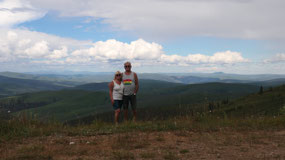
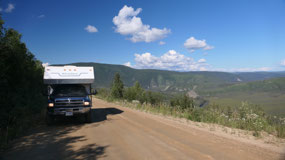
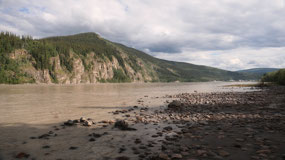
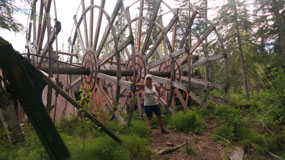
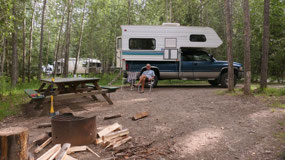
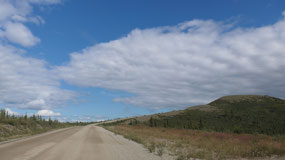


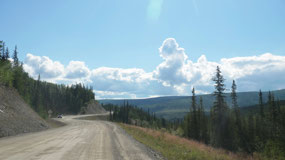
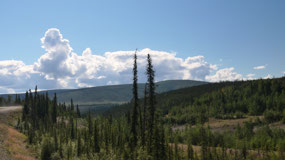
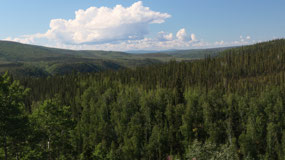
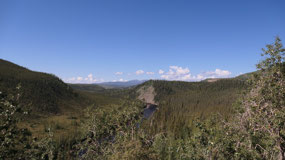

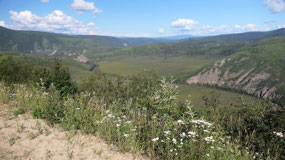
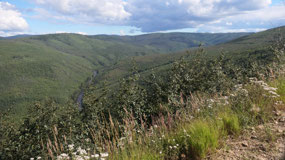
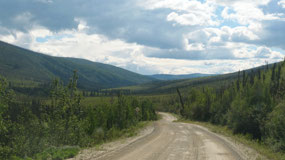
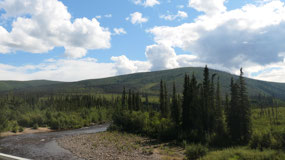
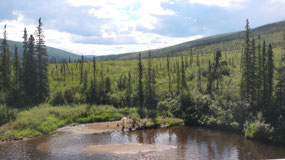
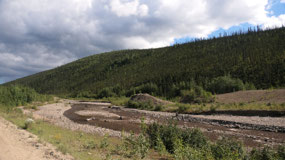
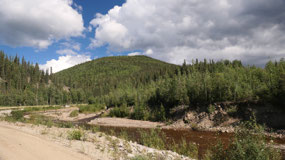
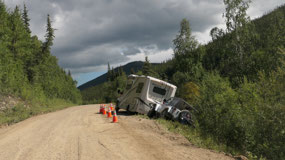
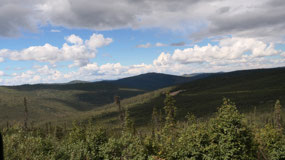
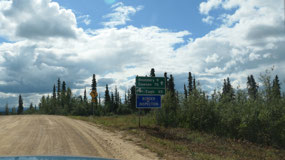
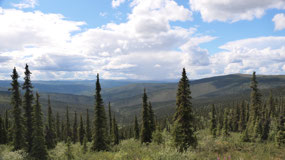
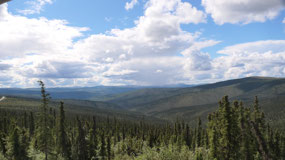
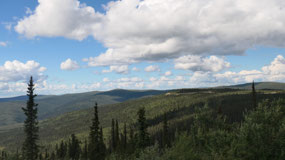
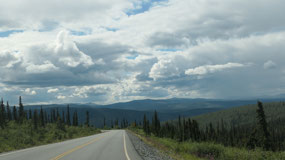
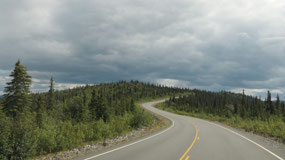
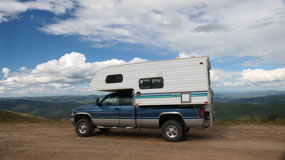
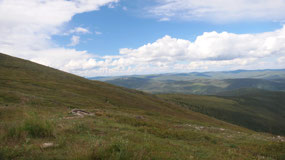
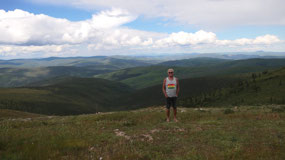
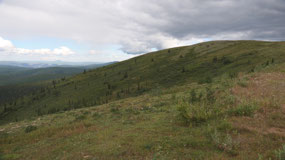
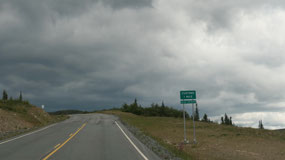
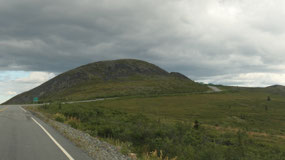
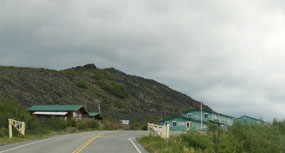
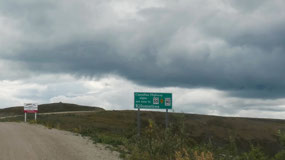

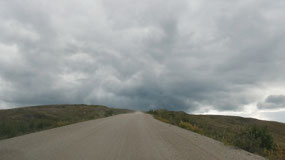
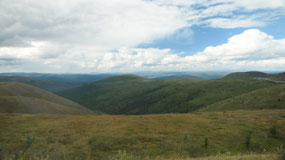
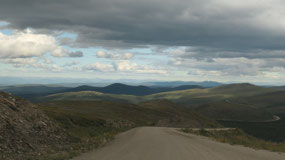
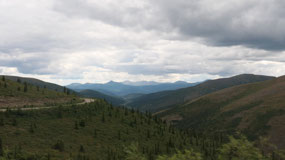
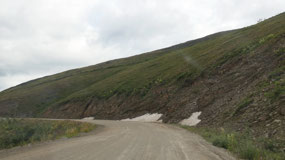
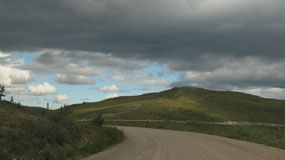

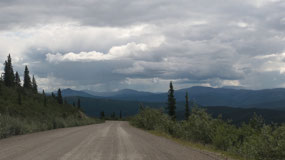
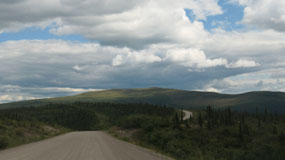
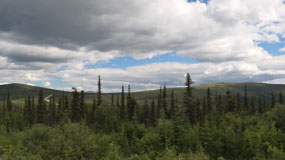
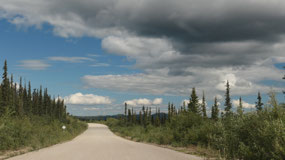
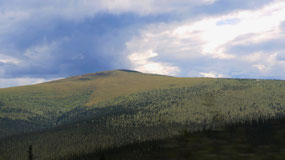
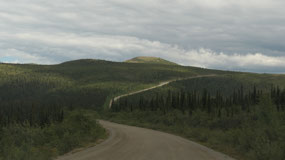
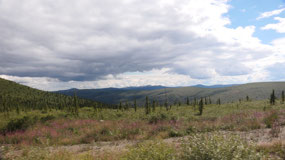
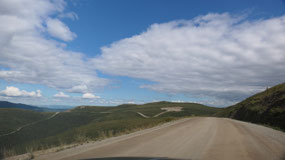

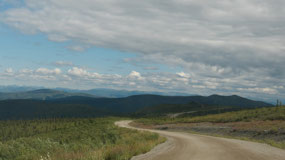
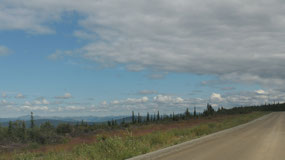
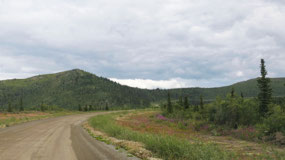
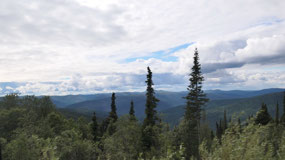
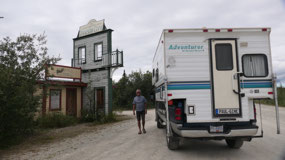
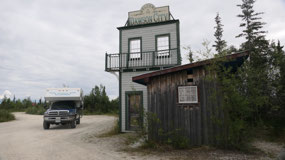
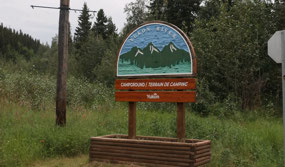


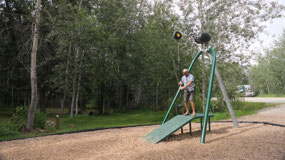

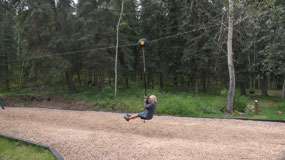
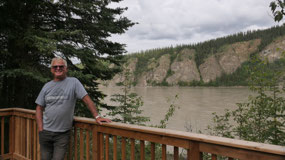
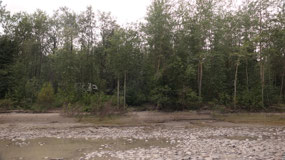
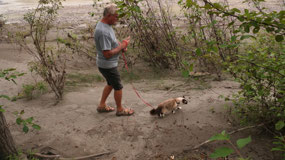
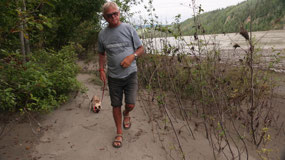
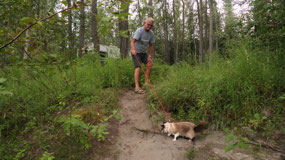
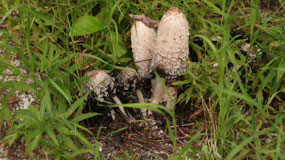
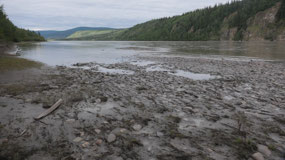
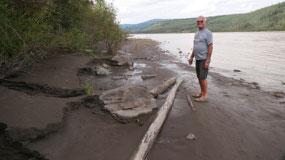

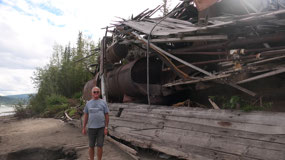
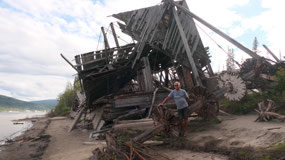
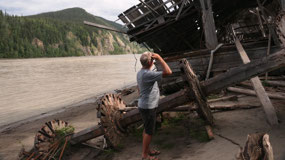
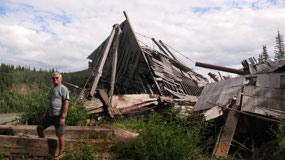
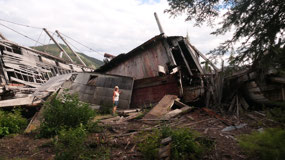

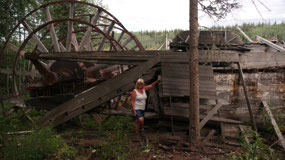
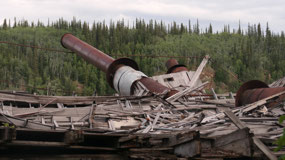
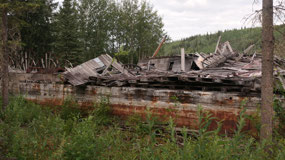
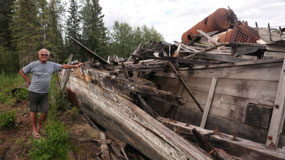
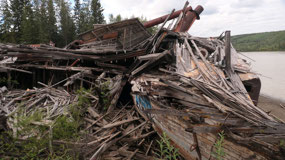
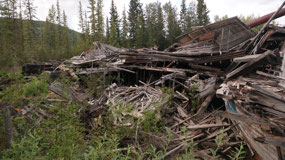
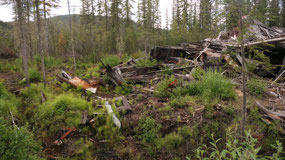
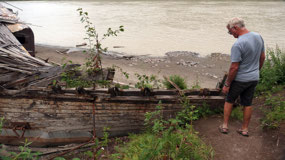
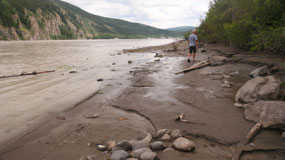
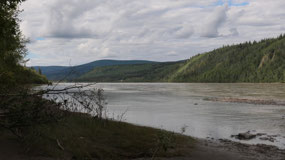
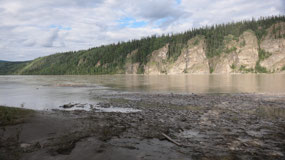
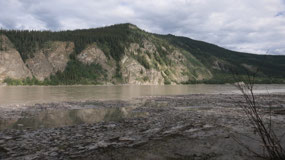
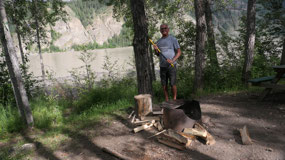
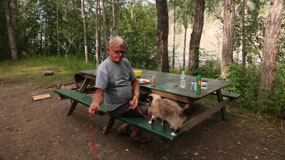
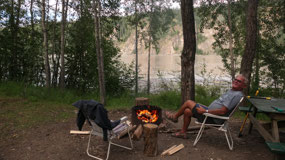
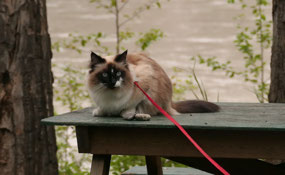
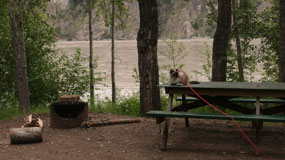
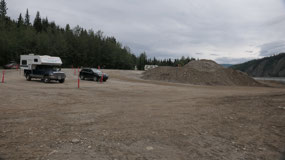
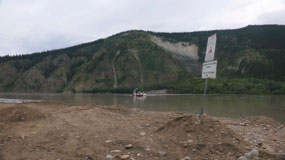
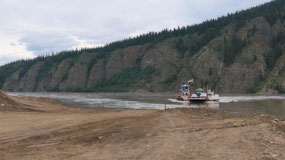
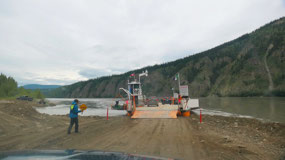
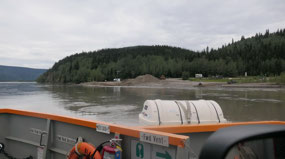
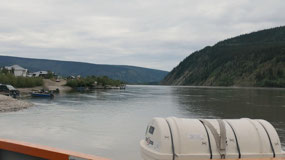
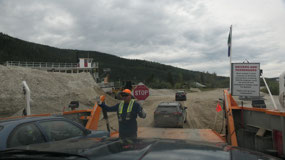
2025-05-22